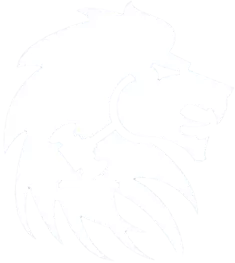| Drug | TLC Mobile Phase | Visualization Reagent | Result |
|---|---|---|---|
| LSD | Chloroform/methanol (9:1 v/v) | 1. UV at 254 nm | Absorbs |
| 2. UV at 360 nm | Fluorescence | ||
| 3. Ehrlich’s reagent | Blue/purple | ||
| Opiates | 1. Ethylacetate/methanol/ammonia (85:10:5 v/v) | 1. UV at 254 nm | Absorbs |
| 2. Chloroform/methanol (9:1 v/v) | 2. Acidified iodoplatinate | Blue/purple | |
| 3. Dragendorf solution | Orange | ||
| Amphetamines | Methanol/ammonia (100:1.5 v/v) | 1. Ninhydrin reagent and heat at 115°C | Violet/pink |
| 2. Result of 1 + acidified iodoplatinate | Gray/violet/brown | ||
| 3. 0.5 mol l⁻¹ NaOH + 0.5% Fast black K | Brown/pink/red | ||
| Barbiturates | 1. Ethylacetate/methanol/25% ammonia (85:10:5 v/v) | 1. UV at 254 nm | Absorbs |
| 2. Chloroform/acetone (80:20 v/v) | 2. Mercury(II) chloride–diphenylcarbazone | ||
| Cocaine | Methanol/25% ammonia (100:1.5 v/v) | Acidified iodoplatinate | Blue/pink |
| Mescaline/psilocin | Methanol/ammonia (100:1.5 v/v) | 1. UV at 254 nm | Absorbs |
| 2. Fluorescamine reagent | Bright at 365 nm | ||
| 3. Ninhydrin reagent and heat at 120°C | Violet |
Reference: Alan Townshend, Colin F. Poole, Paul J. Worsfold – Encyclopedia of analytical science (2005).
